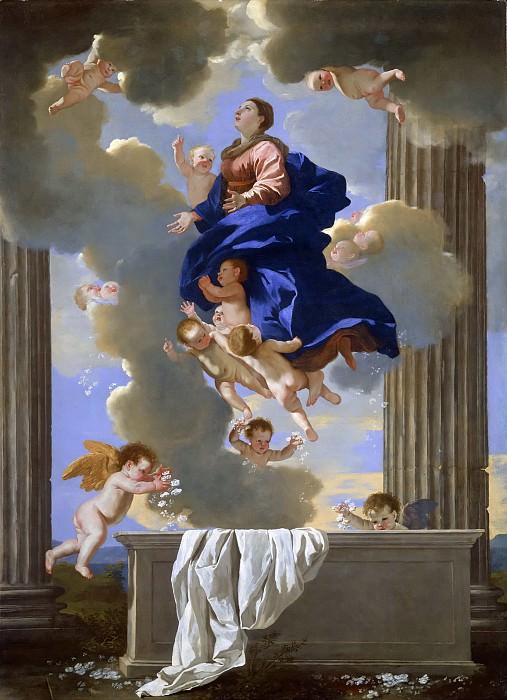Georges Seurat: Master of Pointillism
Georges Seurat, a pioneering figure in the world of art, is best known for his innovative technique and profound influence on the trajectory of modern painting. Born in Paris on December 2, 1859, Seurat emerged as a pivotal artist during the late 19th century, contributing significantly to the Post-Impressionist movement. His work is characterized by meticulous attention to detail, a distinctive use of color, and the creation of visual harmony through the technique of pointillism.
Seurat's journey as an artist began with his formal education at the École des Beaux-Arts in Paris, where he was exposed to the classical principles of art. However, his artistic vision diverged from traditional norms, leading him to explore new methods of representation. Seurat's early works displayed a fascination with the interplay of light and color, laying the groundwork for his later, more groundbreaking innovations.
The hallmark of Seurat's art is his development of pointillism, also known as divisionism. This technique involves applying small, distinct dots of color to the canvas, which, when viewed from a distance, blend together to form cohesive images. Seurat's scientific approach to color theory was influenced by the contemporary studies of optics and color perception. He meticulously analyzed how colors interact and how they can be combined to achieve greater vibrancy and luminosity in his paintings.
One of Seurat's most celebrated works is "A Sunday Afternoon on the Island of La Grande Jatte," completed in 1886. This iconic painting exemplifies his mastery of pointillism and his dedication to precision. The artwork depicts a leisurely afternoon in a Parisian park, where figures are rendered in a series of colored dots that coalesce into a vibrant and detailed scene. The composition and use of color in this piece reflect Seurat's commitment to creating a sense of order and harmony, demonstrating his belief in the power of scientific principles in art.
Seurat's artistic philosophy extended beyond mere technique. He was deeply influenced by the ideas of contemporary thinkers, including the works of the French chemist Michel Eugène Chevreul, whose research on color contrasts informed Seurat's approach to color placement and juxtaposition. Seurat's paintings often explore themes of modern life, capturing the essence of urban environments and social interactions with a unique sense of clarity and structure.
Despite his relatively short career—Seurat passed away at the age of 31—his impact on the art world was profound. His contributions to the development of pointillism inspired subsequent generations of artists and solidified his position as a key figure in the evolution of modern art. Seurat's innovative techniques and dedication to exploring the science of color and light paved the way for future artistic movements and continue to influence contemporary art practices.
Seurat's legacy is not limited to his technical achievements. His art reflects a deep understanding of human experience and a commitment to capturing the complexities of modern life. Through his meticulous approach to painting and his exploration of new techniques, Seurat challenged conventional notions of representation and aesthetics, leaving an indelible mark on the art world.
In addition to his technical prowess, Seurat's work embodies a profound sense of harmony and balance. His compositions are characterized by a meticulous arrangement of forms and colors, creating a sense of order and unity that invites viewers to engage with the artwork on a deeper level. Seurat's paintings often evoke a sense of tranquility and contemplation, reflecting his belief in the power of art to convey complex emotions and ideas.
Seurat's influence extends beyond the realm of painting. His ideas and techniques have inspired artists across various disciplines, including literature, theater, and film. The principles of pointillism and color theory that Seurat explored continue to resonate with contemporary creators, demonstrating the enduring relevance of his contributions to the arts.
In the context of art history, Seurat's work represents a significant departure from traditional modes of representation. His focus on scientific principles and his innovative approach to color and composition challenged established norms and opened new avenues for artistic exploration. Seurat's commitment to pushing the boundaries of artistic expression reflects his vision of art as a dynamic and evolving field, shaped by both technical innovation and profound human insight.
Seurat's paintings continue to captivate audiences and inspire new generations of artists. His legacy is preserved in major art collections around the world, including the Musée d'Orsay in Paris and the Art Institute of Chicago. Through his work, Seurat invites viewers to experience the world in new and transformative ways, encouraging a deeper appreciation of the interplay between science, art, and human perception.
In conclusion, Georges Seurat's contributions to art are characterized by his pioneering use of pointillism, his commitment to exploring the science of color and light, and his profound impact on the development of modern art. His innovative techniques and artistic vision have left an enduring legacy, shaping the trajectory of art history and inspiring generations of artists and art enthusiasts alike. Seurat's work stands as a testament to the power of creativity and the boundless possibilities of artistic expression.




